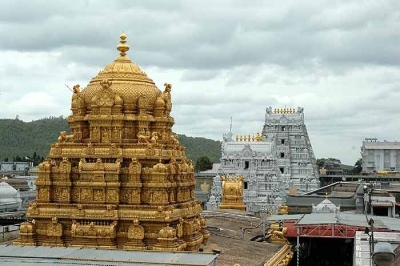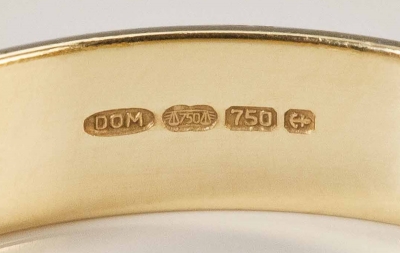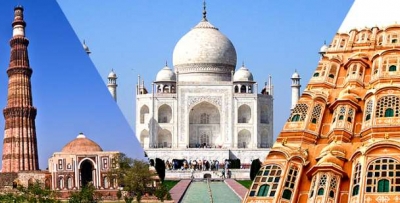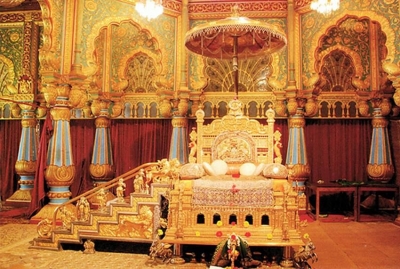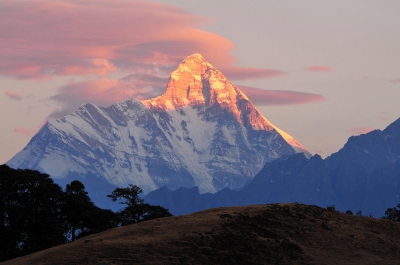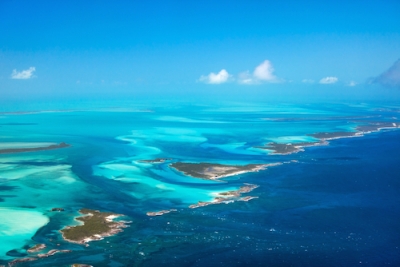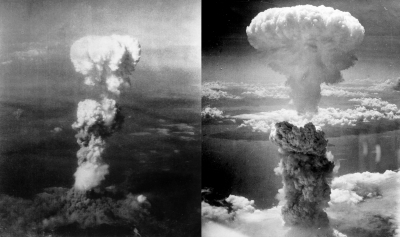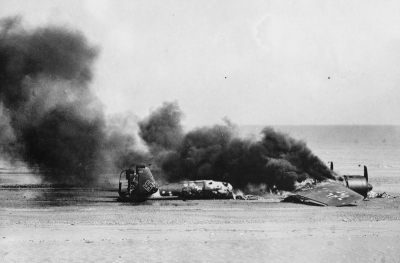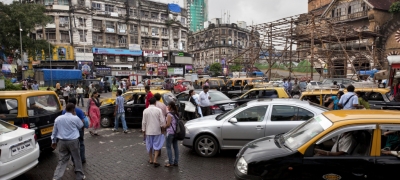WORLD ATLAS - SOUTH AMERICA

South America is a continent of extremes. The world’s longest mountain range, the Andes, stretches along the west coast. Between the snow-capped mountains lies a high, cold and windswept plain called the altiplano. Between the Andes and the Pacific Ocean coast is the Atacama Desert, the driest place on earth. Rain may not fall here for hundreds of years at a time.
In the north, most people live near the Caribbean coast or in the mountains. Further inland, the vast rainforests of the Amazon basin dominate. The Amazon River originates in the Andes and winds its way eastwards through Peru and Brazil before reaching the Atlantic Ocean.
To the east of the Amazon rainforest lie the Brazilian Highlands. Further south are wide areas of fertile grasslands, known as pampas, which cover parts of Argentina and Uruguay. In the extreme south of Argentina, grasslands give way to the dry, bleak scrublands of Patagonia. The southern Andes is an region of glaciers and volcanoes, breaking up into bleak, rocky islands at its tip.
Many people in South America are descended from Europeans, especially the Spanish and Portuguese, who began to arrive during the 15th century. Most South American people today still speak these languages. Others are descendents of African slaves brought over by the Europeans. The numbers of native peoples of South America fell dramatically after the arrival of the Europeans, but some still live in the mountains and the rainforest, keeping their own languages and traditions.
AMAZON RAINFOREST
The Amazon basin is the largest area of rainforest in the world. Many kinds of plants and animals live there, and new species are constantly being discovered. The mighty Amazon River and its tributaries flow through the forest, providing a vital transport route and source of food for the native peoples who live in forest villages. A few of these peoples still follow a traditional way of life, hunting, fishing and growing crops. Many also take advantage of modern technology, such as engines for their boats.
Today, the rainforest is disappearing at an alarming rate, because of logging for the timber industry, road-building, and clearing space for cattle farming or crop planting. The poor-quality rainforest soil means that it cannot support grazing or crops for long before the farmers must move on to new areas. So even more of the forest is lost.
Picture Credit : Google




